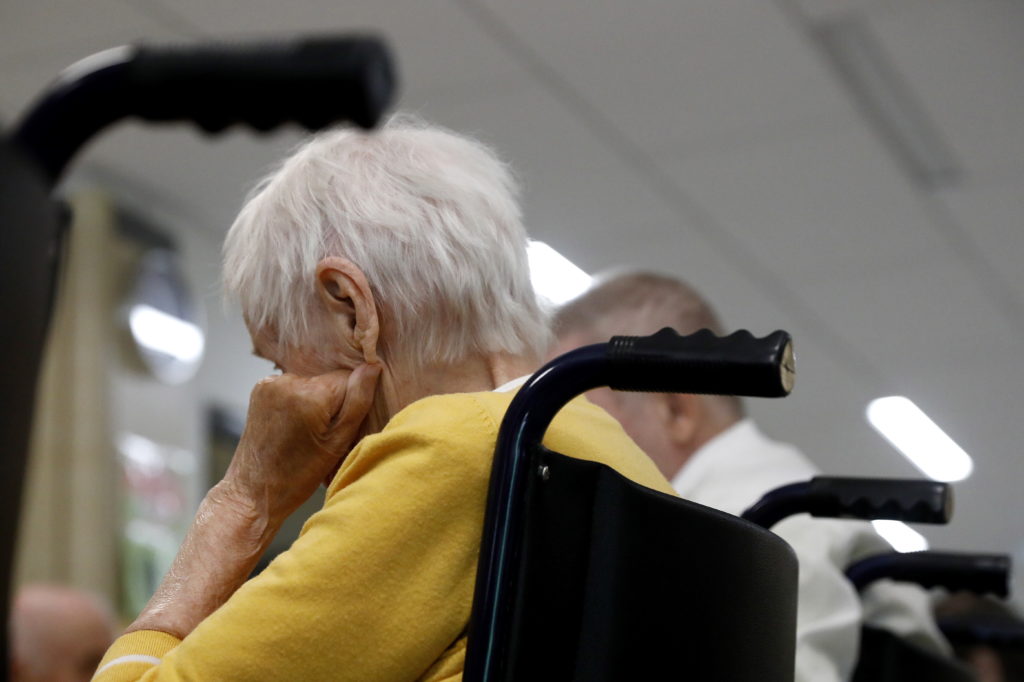Nursing home facilities across the nation are facing an understaffing crisis. Research has shown nearly 95 percent of nursing facilities in the United States are understaffed. Understaffing can lead to serious injuries, or in some cases death among residents. Some states, such as New York, don’t have a legal mandate on the ratio of nursing home staff to senior residents, which means problems can often go unnoticed.
Understanding the Issue of Understaffing
Understaffing in nursing homes is a serious, prevalent problem that often goes underreported. There is often pressure for nursing facilities to cut costs. This can result in facilities taking in more residents than what they’re staff can effectively and adequately handle. Understaffing can mean that a single nurse must care for dozens of residents at one time.
Nursing facilities may find that they have having problems holding onto enough adequately trained nurses and certified nursing assistants who can provide care to residents. High turnover rates can result in the over-scheduling of available staff members, who then in turn become overwhelmed by their duties.
Understaffing in nursing facilities can also lead to nursing home abuse. Staff are overwhelmed while being underpaid, which can lead staff members or caregivers to be more abusive towards their residents. Forms of abuse can include physical or sexual injuries, financial exploitation, and psychological trauma. Staff members can also neglect the needs of vulnerable residents by not giving out the proper dosage of medication or the proper medication, for example.
Consequences of Nursing Home Understaffing
There can be negative consequences of understaffing in nursing homes which can affect residents’ basic needs. Staff members may be suffering from extensive stress, which increases the likelihood of nursing home abuse and neglect. Abuse and neglect become a bigger issue as the resident to staff member ratio increases.
Neglect and abuse from nursing home staff can cause long term issues, such as psychological problems, physical illnesses, and even death in some circumstances. Understaffing can attribute to already present psychological issues or physical illnesses among residents.
Consequences of Immobile Patients
Many residents suffer from limited ability to ambulate on their own and are dependent on caregivers for all of their movement needs, as well as their physiological needs. When a nursing facility is understaffed, it can be impossible for staff members to turn the patients in bed enough times or to move residents around as they need to be moved in order to prevent bedsores. This can lead to further skin conditions or infections.
Neglecting Residents Needs
Residents may be dependent on caregivers and nursing home staff for their bathing, eating, grooming, and medication administration needs. If a resident is not bathed or groomed on a regular basis, they may develop sores and infections. Facilities that are understaffed may have problems with feeding and administering medication to residents on a routine schedule. This may lead to malnutrition, nutrition deficiencies, and other complications from not receiving medications on schedule.
The Abuse of Residents
Understaffing in nursing homes can also lead to the neglect and abuse of residents in the facility. Abusive nurses have indicated stress from understaffing is the primary cause of their being abusive to residents. Having limited time to care for each resident can result in caregivers or nursing home staff to become impatient and frustrated, resulting in abuse towards a resident.
Prevalence of Understaffing in Nursing Homes in U.S.
Each state has a different definition of what constitutes as adequate staffing levels for nursing homes; however, research indicates nearly 95 percent of nursing facilities in the United States are significantly understaffed. In 2001, 20 states introduced a total of more than 50 Bills on nursing staff standards in nursing homes.
For example, Illinois requires that a nursing home have enough staff to give each resident that needs skilled care at least 3.4 hours of nursing care, including at least 51 minutes of licensed nurse care. At least 21 minutes of the licensed nurse time bust be care by a registered nurse (R.N). For residents who are in need of intermediate care, the numbers include 2.3 hours of total nursing care, including 34 minutes by a licensed nurse and 14 minutes of registered nurse time (Illinois Citizens for Better Care).
Eleven states, including Florida, Massachusetts, Michigan, Minnesota, New Jersey, New York, Ohio, Pennsylvania, Tennessee, Texas, and West Virginia have proposed staffing increases that were not passed.
Four states (Hawaii, Minnesota, Montana, and Wyoming) have not changed their staffing standards since the 1970-1980s. Furthermore, eighteen sates made changes to their staffing standards in the 1990s.
Preventing Understaffing in Nursing Homes
Many nursing homes have been held accountable for issues related to understaffing in recent years through lawsuits. While this may be a temporary fix to the problem, there is much more work to be done in order to combat this issue. Because of understaffing, nursing homes nationwide have had to pay out millions of dollars to patients who have suffered from wrongful death and illnesses that are related to the understaffing in nursing facilities.
If a nursing home facility fails to provide adequate staff and supervision, it can have a serious impact on residents who depend on nurses, caregivers, and other staff members for care.
If you or a loved one has experienced abuse or neglect at the hands of a caregiver, we recommend you contact an experienced nursing home neglect and abuse attorney right away. Our team has proven success in nursing home cases and we will use our extensive legal experience to help you navigate the process to get you full and fair compensation for our loved ones injuries. To receive a free consultation, please call (312) 384-1920 or visit our website for more information.



